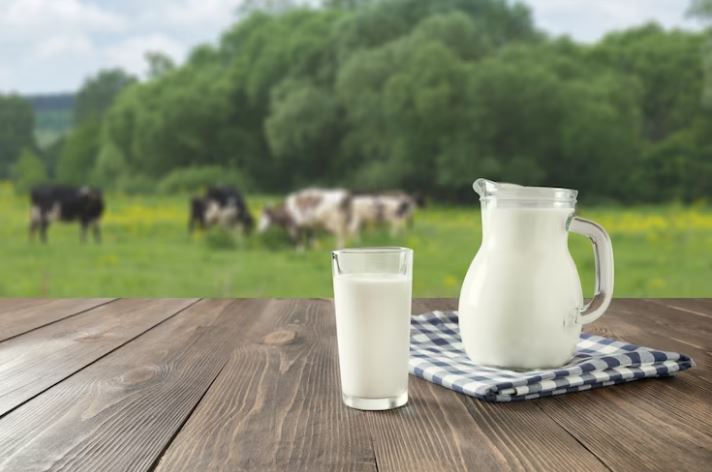Milk is a porcelain-white liquid with a distinctive smell and taste secreted by female mammals to feed their newborns. It begins to be secreted after the calf is born and continues to be secreted in varying amounts and for a period depending on different parameters, especially species and breed. To define milk for food experts, milk is a polydisperse food in which the fat phase…
Colostrum is a milk that yellowish color, salty taste, thick consistency and mammals secrete for the first 24-48 hours after birth. The composition of colostrum is quite different compared to milk and unlike milk, it contains many molecules that are extremely useful for the health of the offspring. Colostrum contains nutritional molecules such as protein, carbohydrates, fat, vitamins and minerals as well as high amounts…
Butter, the first findings of which were found in 8000 B.C in history, has had a very important place in human nutrition until today. The unique aroma of butter, which contains more than 80% milk fat, has become a flavor element in nutrition; this unique flavor has made butter preferable for consumption. Although many ideas were put forward about butter in the 20th century that…
